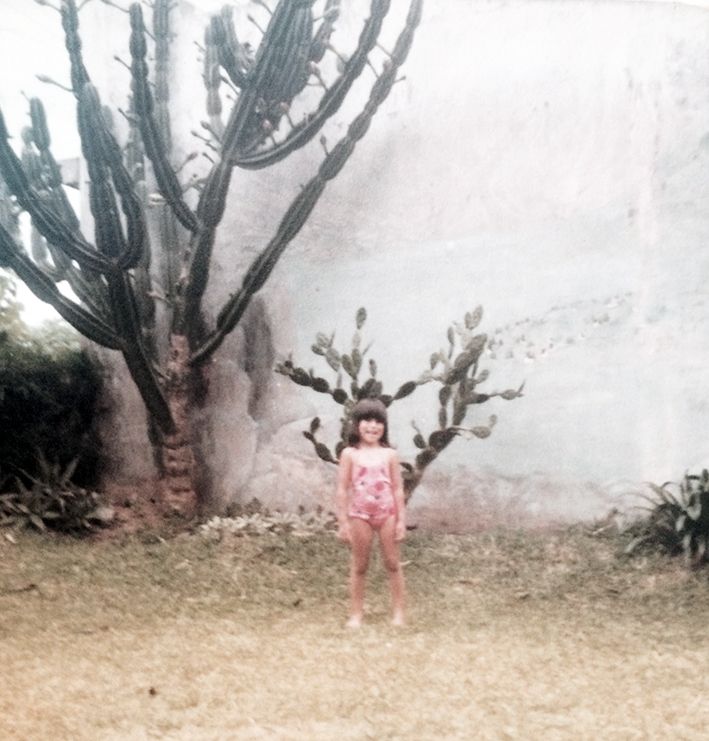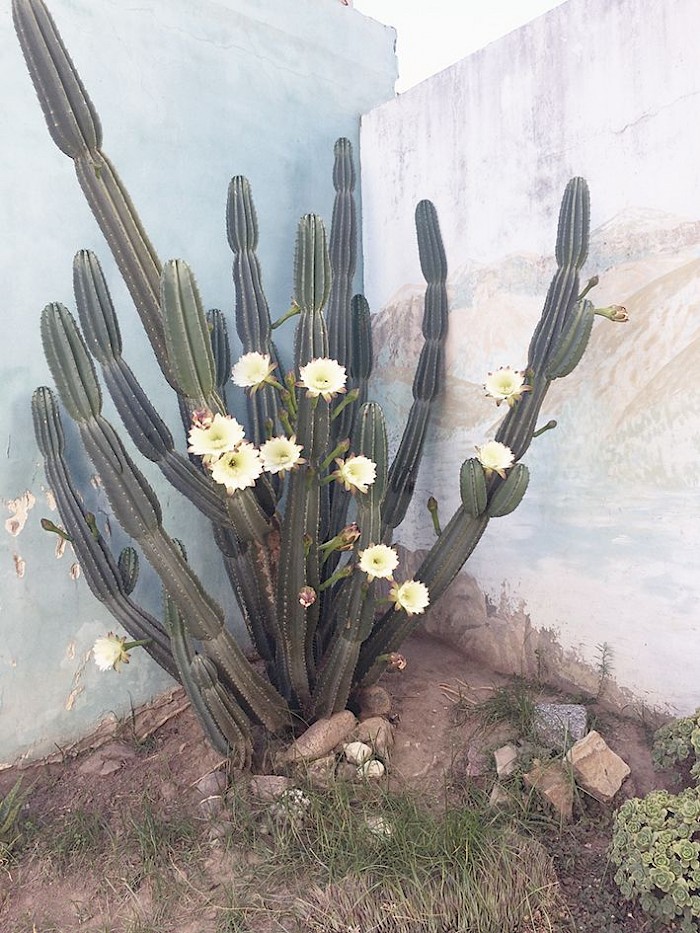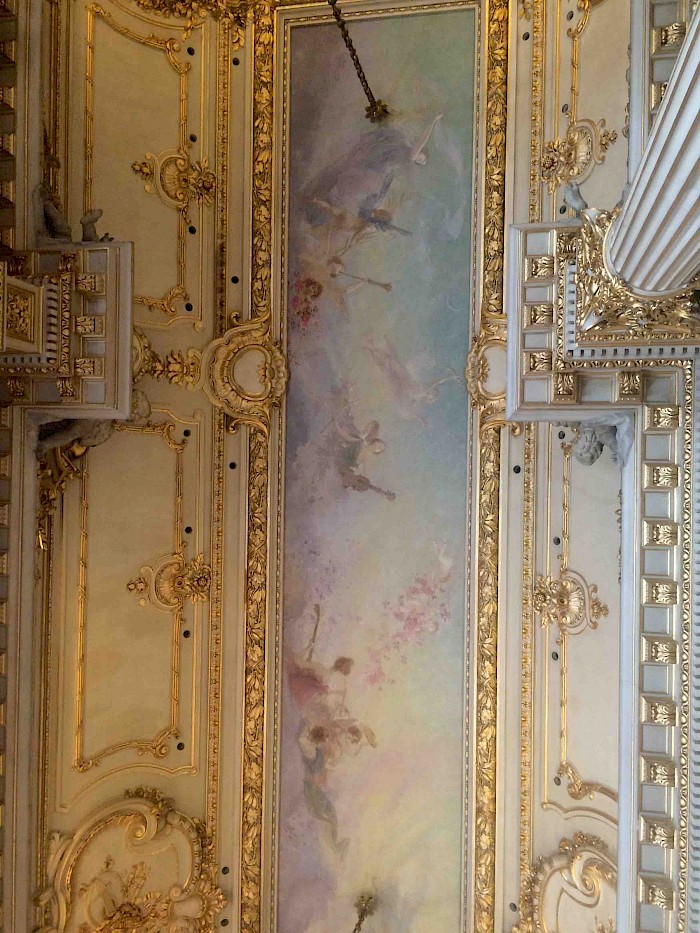Synopsis
BOOM begins with the at times somewhat laborious but nevertheless decisive path of a tortoise along an exotic forest floor. The impression of a journey with a specific destination at its end is enhanced by briefly inserted sequences of a nighttime view out of a moving train. The animal finally reaches its destination within the story: a tall, lavishly flowering cactus growing in a corner between two multifaceted walls. The plant nestles into its backdrop in a picturesque manner, just as the background appears to reference the plant. In this regard BOOM feels like a kind of epilogue to Rodriguez’s earlier films (Optimistic Cover, 2015, Supreme Presence, 2016, Interior Season, 2017, Homeless, 2017) in which a collaboration of nature, culture and identity is negotiated as an overriding question. In this context nature could be a romantic, misty-eyed place of longing or a placeholder for culture and identity – just as architecture, technology and urban landscapes are depicted as something organic, something that changes and is animated. By using an academic classification of the current relation between humans and nature in the age of the Anthropocene, theoreticians such as Bruno Latour endeavour – in a comparable manner – to abolish the binary approach to nature and culture at the theoretical level and to make space for fluctuations in the two poles. In this sense nature is no longer seen as a divinely omnipotent entity that humans must submit to or whose destruction they penitently observe; rather, parameters supposedly set by nature, such as gender and role images, are deconstructed.
In BOOM the cactus takes on a transcending role as nature personified, illustrating its relationship to the culture surrounding it: it grows between two high walls that maybe left a little room because of it or in whose protection from the elements it was able to flourish particularly well. It loses it magnificent flowers or is robbed of them. And finally a masked figure resolutely severs one of its many arms and holds it, wrapped in a gold band – up high like a trophy. Robbed in this fashion the cactus loses some of its grandeur and appears lost and broken despite its size and its spines. While images of nature, culture and personal photographs enter associative analogies as they are presented in a rapid sequence in the middle section of the film, the final shot takes us back to the scene around the cactus. Instead of being adorned by flowers it is now decorated in gold strips of adhesive tape that are being touched in a conciliatory manner by the masked figure. The tortoise too bears two gold strips of adhesive tape on its shell for some time, appearing to leave the events towards the underbrush. The film ends with a photograph of a young girl in front of a wall with two tall cactuses next to her. BOOM addresses the synthesis of nature and culture and their reciprocal potential and rivalry in a playful manner and it emphasizes a continued existence for both sides as a carrier of memories and identity.



